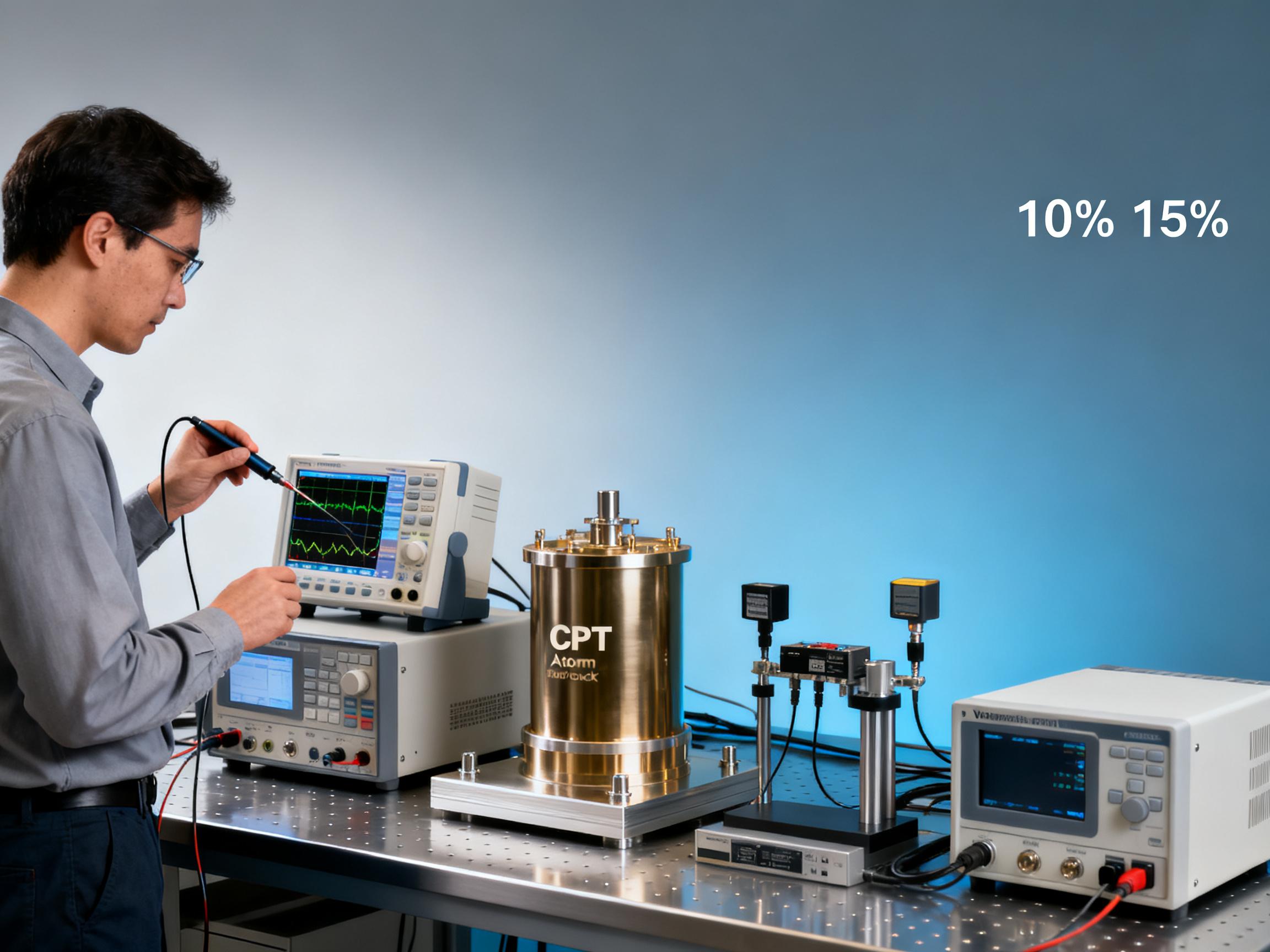RELATED
![How CPT Atomic Clocks Reduce OPEX in 5G Base Stations [Real Data] How CPT Atomic Clocks Reduce OPEX in 5G Base Stations [Real Data]](https://usimg.bjyyb.net/grey.png?x-oss-process=image/resize,m_fixed,w_800,h_600,limit_0) How CPT Atomic Clocks Reduce OPEX in 5G Base Stations [Real Data]2025-12-11
How CPT Atomic Clocks Reduce OPEX in 5G Base Stations [Real Data]2025-12-11 2024 CPT Atomic Clock vs Rubidium: Which Offers Better Stability for Telecom Networks?2025-12-08
2024 CPT Atomic Clock vs Rubidium: Which Offers Better Stability for Telecom Networks?2025-12-08 Live Demo Results: CPT Atomic Clock Performance Under Harsh Environmental Tests (Data Inside)2025-12-05
Live Demo Results: CPT Atomic Clock Performance Under Harsh Environmental Tests (Data Inside)2025-12-05 Budgeting for Precision: Total Cost of Ownership for a Rubidium Atomic Clock Over 5 Years2025-12-03
Budgeting for Precision: Total Cost of Ownership for a Rubidium Atomic Clock Over 5 Years2025-12-03
MESSAGE
Introduction to Timing Devices in Optical Manufacturing
Optical manufacturing demands unparalleled precision in time and frequency control. From laser interferometry to fiber optic synchronization, the choice between Rubidium Oscillators and traditional quartz-based devices impacts everything from production yield to R&D breakthroughs. This article dissects their technical merits through the lens of real-world optical applications.
Defining the Contenders
Rubidium Oscillator Technology
Rubidium atomic clocks leverage the hyperfine transition of rubidium-87 atoms at 6.834682 GHz to achieve long-term stability exceeding 1x10-11. Their physics package design isolates atomic vibrations from environmental perturbations, making them ideal for:
- Free-space optical communication networks
- LIDAR system synchronization
- Precision metrology equipment calibration
Traditional Timing Solutions
Quartz crystal oscillators (XO), temperature-compensated (TCXO), and oven-controlled (OCXO) variants dominate legacy systems. While cost-effective for basic applications, their phase noise performance typically plateaus at -160 dBc/Hz at 1 MHz offset - a critical limitation for:
- Coherent optical transmission systems
- Quantum optics experiments
- Optical satellite navigation
Performance Benchmarking
Industry-Specific Applications
Optical Metrology Systems
In femtosecond laser calibration, Rubidium Oscillators reduce timing jitter to <100 femtoseconds - enabling sub-micron positional accuracy unattainable with even premium OCXOs. The ITU-T G.8272 standard now mandates such precision for next-gen optical network synchronization.
Space-Based Optics
Low-power Rubidium modules (consuming <15W) have become the de facto choice for satellite optical payloads. Their radiation-hardened variants maintain <1μs timing error over 10-year missions - a key factor in ESA's Galileo Second Generation program.
Total Cost of Ownership Analysis
While Rubidium Oscillators carry 3-5x higher upfront costs than OCXOs, their operational advantages create compelling ROI:
- Maintenance Savings: 10-year calibration intervals vs. annual OCXO recalibration
- Energy Efficiency: 30-50% lower power consumption in 24/7 operation
- System Scalability: Single Rubidium unit can replace multiple OCXOs in distributed systems
Common Implementation Pitfalls
Many optical manufacturers underestimate these critical factors when adopting Rubidium technology:
- Vibration Sensitivity: Improper mounting can degrade short-term stability by 20-30%
- Magnetic Shielding: Unmitigated EMI from high-power lasers induces frequency offsets
- Software Integration: Legacy PLL designs may not fully exploit Rubidium's phase noise advantages
Future Trends in Optical Timing
The emergence of chip-scale Rubidium oscillators (CSAC) promises to disrupt traditional form factors. Early adopters in optical component manufacturing report:
- 50% footprint reduction for embedded timing modules
- Sub-1ppm frequency stability over -40°C to +85°C
- Seamless integration with optical ASIC designs
Why Choose Our Rubidium Solutions?
Backed by SPACEON Electronics' aerospace-grade engineering, our Rubidium Oscillators deliver:
- Military-grade shock resistance (MIL-STD-810H compliant)
- Industry-leading 0.003 ppb/day aging rate
- Customizable output configurations for optical synchronization
Contact our timing experts today to optimize your optical manufacturing precision.
CONTACT US
Please use the form below to get in touch.
If you need a reply we will get in touch as soon as possible.

![How CPT Atomic Clocks Reduce OPEX in 5G Base Stations [Real Data] How CPT Atomic Clocks Reduce OPEX in 5G Base Stations [Real Data]](https://usimg.bjyyb.net/sites/91500/91958/1765179857856560163985903616.jpeg)



